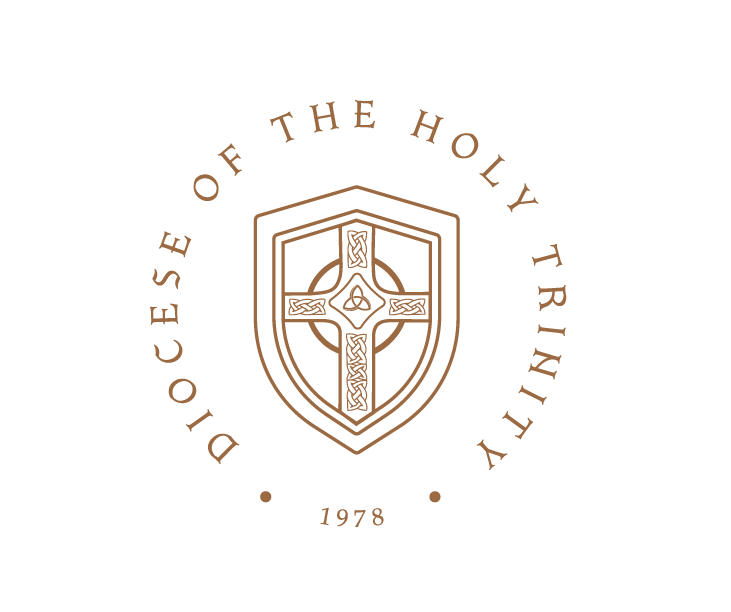Priestesses Revisited
In his essay, Priestesses in the Church, C. S. Lewis draws an analogy between an English dance party and the church. He quotes a character from the Jane Austin novel, Pride and Prejudice: “I should like balls infinitely better,” said Caroline Bingley, “if they were carried out in a different manner ...It would surely be much more rational if conversation rather than dancing made the order of the day.” “Much more rational, I dare say.” replied her brother, “but it would not be nearly so much like a ball.” Lewis’s explained the analogy. “The proposed arrangement (women’s ordination as priests) would make us so much more rational “but not nearly so much like a Church” (from, God in the Dock, 234-5).Lewis wrote in the 1960’s before the practice was accepted in the Church of England. The “proposed arrangement” is now standard practice. But the argument Lewis makes is still THE argument. Lewis was a prophet in many ways and prophetic truth is often not recognized until the error plays out and has its full effect. Lewis’s essential point is that the church is a sacrament. It is the visible sign of the invisible reality of God as he has been revealed in Christ. It may make rational sense, based on human logic, to rearrange it to make it more acceptable or attractive to people in any given age. But doing so would make the church less like what is supposed to be—a visible sign of eternal truth. Jesus Christ was a man. He is described as the bridegroom, while his church is described as the bride. This mystery of Ephesians 6 is proclaimed most profoundly in the Eucharist, which is also a reflection of the heavenly scene described in Revelation 4 and 5. To represent this mystery accurately requires that the person representing the Bridegroom be male. An icon must accurately reflect the truth it portrays—or, in the place of truth it will communicate error. To say that a woman can represent a man in the marital mystery is to say that gender is, essentially, interchangeable. It is no mere coincidence that this issue coincides in the church with the issue of homosexuality. It is the same issue.The error of clericalism in the church has greatly contributed to the error of women priests. Clericalism overemphasizes the gifts and position of the clergy in relationship to gifts possessed by other members of the body. My late mentor and friend, Bishop Cahoon used to say that Episcopalians viewed the priest as the person they paid to be a Christian for them. The undervaluing of other gifts and functions understandably leads to a false valuing of priesthood as the end all and be all of ministry. Therefore, a necessary part of the opposition to priestesses is a reemphasis on the gifts of each member of the body. Misogyny has also been an issue. Many priestess opponents harbored a secret (and sometimes not so secret) dislike of women in general. That is to say, many who were right about this one issue were wrong about several others. The unattractiveness of their errors more than outweighed their witness to the truth. Thus, women who wanted to use their gifts to serve in the church were told that, not only could they not be priests, they couldn’t do any other meaningful or valued thing in the church either. But it was mostly error that carried the day. Which is why so many churches do things that make rational sense, but make them look not so much like a church.

